Salama, Tsara Komba!
We were most graciously greeted on the beach by Maryse Zohar, the resort manager. Tsara Komba Lodge is truly an Eden with beaches as beautiful as those at Anakao. The property is made up of eight individual palapa-style cottages situated on a steep tropical hillside with large terraces overlooking the sea. The cottages are connected to the main lodge by a series of stairs and stone walkways. I found the stairs and stone walkways a bit challenging especially at night.
The main lodge itself contains the bar, dining room, communal seating area and housing for some of the staff. Tsara Komba definitely rivals Isalo Rock Lodge but in a very lush setting. While Isalo with 60 rooms can accommodate over 100 guests, Tsara Komba hosts roughly 20 folks at one time. I would say there are at least two lodge employees per guest.
We enjoyed a light lunch accompanied by a delicious pineapple daiquiri. Then I started to feel utterly exhausted and sick with diarrhea. Maryse made me a concoction of warm water, lemon, sugar and salt which helped, but later I still couldn’t make it through dinner so I retreated to our beautiful mosquito netted, canopied king size bed and slept like the dead.
We basically took the next day off. It was nice not to have to get up early to catch a bus or plane to somewhere.
Maryse introduced us to her assistant, a young Malagasy woman named Tsiky Rabenifara. Tsiky seems to have found her vocation, not only learning to help manage a world class resort like Tsara Koma but also to work with an NGO (non-governmental organization) affiliated with the lodge, Des Villages et des Hommes (DVDH). Maryse serves as its president.
DVDH is involved in three projects right now, developing the infrastructure of the nearby village of Antrema where many of the lodges’ employees live, helping to rebuild the culturally significant Zafimaniry village of Antoetra with its 1,200 inhabitants in southeastern Madagascar and improving the conditions for incarcerated youths awaiting trial in four Malagasy penitentiaries. The Zafimaniry people are revered for their woodcarving skills.
Tsiky told us the story of nearby Antrema and offered to give us a tour. Several years ago, the land the inhabitants of Antrema rented was sold to a new landlord who promptly evicted everyone. DVDH stepped in and bought another piece of land for the evicted villagers.
When the organization tried to give the new piece of land to the villagers, they were understandably suspicious and refused to take the land because they thought it was some French colonial ploy. The French committed some major atrocities during their occupation of Madagascar. DVDH then said it would sell them the land for one euro per house. It took about five years to gain the confidence of the villagers but DVDH finally succeeded when each family was presented with a deed to its plot. Roughly a third of the adults in Antrema work at Tsara Komba and the rest at other resorts.
DVDH has also helped the villagers build a central latrine and a central water faucet. Prior to the central latrine folks just used the ocean and the beach. It is fady or forbidden to have a latrine inside a house. The central water faucet enables folks to get water nearby rather than having to climb up into the hills to reach the spring.
With the help of young Malagasies like Tsiki and progressive NGO’s like DVDH the story of Antrema is a good example of slowly, slowly (mora, mora, in Malagasy) overcoming old prejudices and beliefs in fady to give a better life to the people and their children and to improve the environment. Patricia Wright expressed the same sentiment when we visited her in Ranomafana. I remember her saying that she and her staff have survived political upheavals, natural disasters, and self-inflicted errors, but they keep on doggedly pursuing their mission mora, mora and make a little more progress every year.
Of primary importance is involving the recipients of aid in making decisions. Mandates cannot just be imposed on folks from the top down. Otherwise, they just return to the old ways. Dr. Jonah told me Dr. Wright made the mistake of promoting birth control to the villagers around Ranomafana. In a Catholic country like Madagascar they just weren’t ready for that. The population in Madagascar is growing at an unsustainable rate of 3% a year, but as the status of women and education of the population as a whole improves that, too, will change. Mora, mora . . .
After touring Antrema, we returned to the lodge to enjoy a terrific infused rum tasting before dinner. Infused rums seem to be a Malagasy specialty. The rum is steeped with various fruits and spices for three months and the results are spectacular. I don’t really care for straight liquor, but Malagasy infused rums are another story.
I was still feeling a bit under the weather so I again retired early after a small dinner. I had my head lamp on as I carefully walked back to our cottage. While climbing down the stone steps and holding onto a wooden railing, I almost interrupted two snakes erotically intertwined on the railing. I was a little freaked out. Then I remembered Dr. Jonah telling me there are no poisonous snakes in Madagascar. They were beautiful snakes but snakes, none-the-less.

A day’s catch at one of the villages visited by Noel, Richard and Jan during their snorkeling excursion, photo courtesy of Jan and Richard Metcalf
The next day Noel, Richard and Jan went on a boat excursion with some snorkeling. I spent most of the day by myself still trying to recover but foolishly resisting taking cipro. I did manage to climb up to the lodge’s garden where most of the vegetables are grown. All food is locally sourced either from the lodge’s garden or bought from the local villagers who also fish and trap crab and lobster.
One of the most outstanding features of Tsara Komba is the quality of the indigenous artwork that is everywhere, not just in the main lodge but in the cottages as well. Tsiki had shown us a catalog of a Christie’s auction held to raise money for DVDH several years ago. I took advantage of my alone time at lunch to look at it.
The auction consisted of pieces of indigenous Malagasy art embellished by well-known French artists. Most of the pieces were wood carvings by the Zafimaniry people from the village of Antoetra where DVDH has a rebuilding project. The enhanced pieces were really interesting, but looking around me, I realized how rich were the unenhanced wooden pieces hanging everywhere on the walls of the lodge and placed strategically on tabletops and shelving. When we first arrived, I had noticed two large spectacularly painted metal sculptures of baobab trees prominently positioned at top of the stairs. They look like they had been retrieved from the auction.
When Maryse stopped by to see how I was doing, we had a wonderful chat. She told me she thought it was time to have another auction because DVDH was running low on funds. I felt such solidarity with her, her mission and her aesthetics.
In the afternoon I had a great massage outdoors on our deck. A stay at Tsara Komba comes with a one-hour massage. I finally smartened up and took a cipro. That evening we were scheduled to have a special lobster dinner on what is called the “lover’s deck” overlooking the ocean and I didn’t want to have to miss it or leave early. (Many of the guests are honeymooners.) With cipro, the miracle drug, I felt better within an hour. I can be stupidly stubborn at times.
Accompanied by a really good Sancerre wine, dinner that night was fabulous. Spiny lobster from the Indian Ocean is a lot more assertive in flavor than Maine lobster, but I thought it was quite delicious. Among other side dishes we were also served a pumpkin squid soup. An odd combination but excellent. After dinner the chef Tina Hary (a man) and his sous-chef introduced themselves. Hary works in one-star restaurants in France during the off-season. He told us that one of the challenges of cooking at Tsara Komba is working with somewhat limited ingredients including leftovers to produce gourmet food, ergo pumpkin squid soup.
The evening ended with my feeling not only better physically but also spiritually. It gives me such hope to see pockets of decency and morality as demonstrated at Ranomafana and Tsara Komba by people who continue to pursue their missions and who are actually having some success.
The next day was our last full day at this beautiful place. The cipro had really kicked in and my appetite was back. Our lazy morning was followed by a scrumptious lunch with an outstanding starter – a fried rice flour zebu wrap accompanied by a savory soy sauce dip. My mouth waters just thinking about it.
Before dinner that night we were treated to a sunset boat ride into a nearby mangrove forest. The forest is slowly being cut down for charcoal. Fuel presents a real dilemma for the Malagasy people. Gas is too expensive for most folks, as is electricity which is not available everywhere. Alternative energy as in solar ovens is too slow and there is the rainy season when there is not enough sun. I don’t know about wind but I didn’t see any windmills. Mora, mora. Hopefully, this too will change with new technologies.
When we were settling up our accounts the next morning before our scheduled departure, we inquired about tipping. Maryse said she puts all the tips into one pot and divides them among the entire staff, not just the individuals we interact with. She wants to make sure everyone shares in the largess, including the people working behind the scenes like dishwashers and laundry workers. We approve of that egalitarian approach. The lodge is also no longer using plastic straws with its beverages, another plus for Maryse.
After lunch we took the boat back to Hell-Ville where a three-day music festival was in progress. It was interesting people watching during our slow slog through the back alleys of Hell-Ville. We were avoiding being trapped by the increasingly crowded main streets as we made our way in the van which took us to the airport.
We were spending an extra day in Tana so I had asked Maryse to make us a list of shops where we might find some of the wonderful Zafiminiry woodcarvings we had fallen in love with at Tsara Komba. The next day the four of us took the stairs near the good old Le Louvre Hotel and Spa down into the center of the old part of Tana.
After a few false turns we found this really fine gallery called Les Jocondes Galerie that seems to specialize in vintage wood carving. However, the gallery doesn’t take plastic or US dollars, only euros and ariary. Even so, we were able to buy a couple of truly exquisite small pieces.
 If I were 20 years younger and still had my physical gallery, I would come back to Madagascar to visit the Zafiminiry villages and the other shops in Tana recommended by Maryse, this time armed with plenty of the realm’s currency. I would love to curate a show of Malagasy woodcarving. It’s that good.
If I were 20 years younger and still had my physical gallery, I would come back to Madagascar to visit the Zafiminiry villages and the other shops in Tana recommended by Maryse, this time armed with plenty of the realm’s currency. I would love to curate a show of Malagasy woodcarving. It’s that good.
Early in the evening found us back at the Le Louvre bar saying our final farewells to Richard and Jan who were catching a late flight back to the States that night. In the large dining room next to the bar there was a banquet going on sponsored by the Australian “extractive” industry honoring Malagasy mining allies. I wished the four of us sitting and watching from the bar had worn our “We Love Lemurs” t-shirts we had received from Dr. Jonah. Salama!

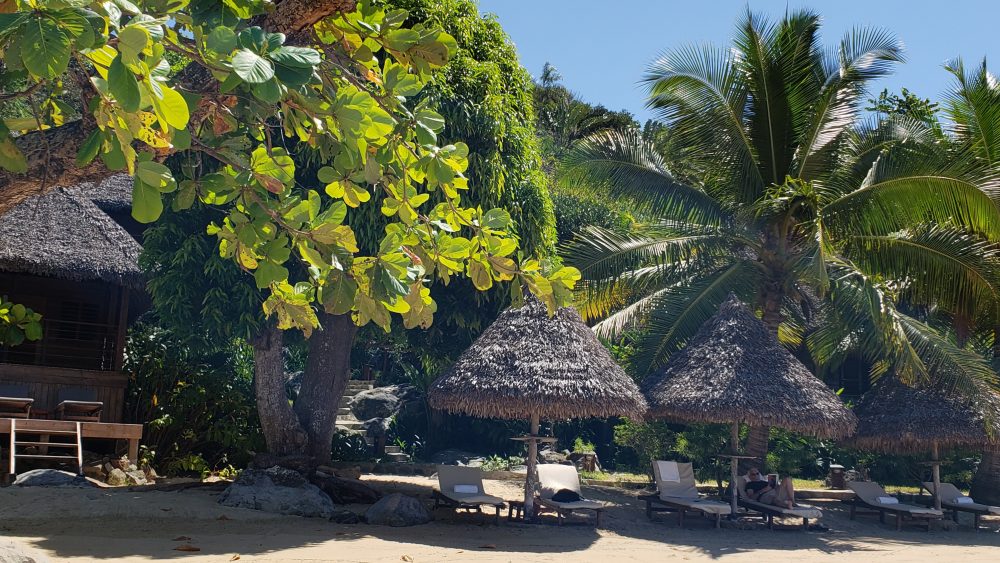
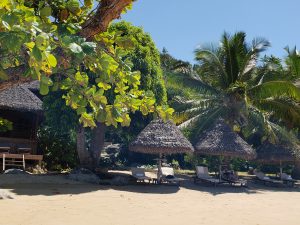
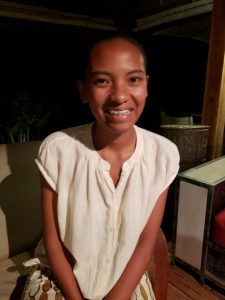
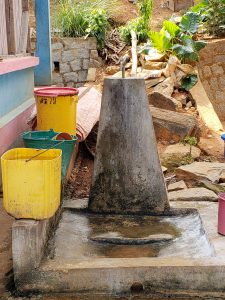
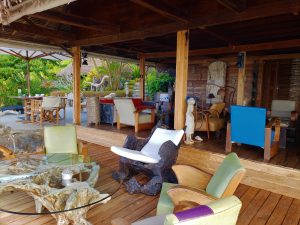
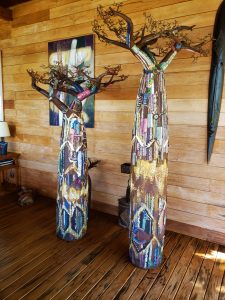
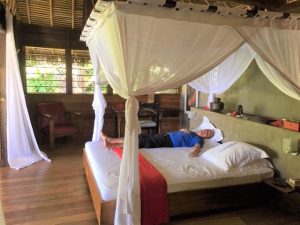

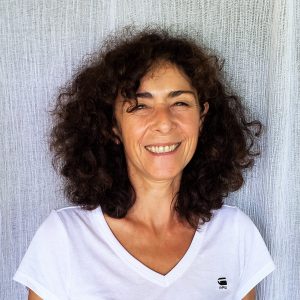
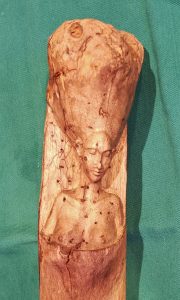


Comments are closed.